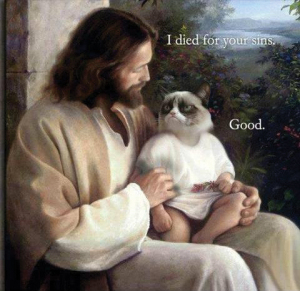Since ancient times, humanity has shaped the social domain by means of representation and interpretation. Whether through oral tradition, painting and sculpture or its progressive development – thanks to the influence of technology over the years – culture is the legacy of the complex interaction of our perceptions. These perceptions – manifested in the images, words and sounds we use – are the foundation of what we commonly understand as reality.
Alongside this development, however, mankind has undergone various shifts between sociocultural patterns. Our current situation in history allows us the privilege of retrospective observation, in which these belief systems and the signifiers that support them can be identified. History has moved from generally unifying spiritual worldviews to a differentiation between mankind and nature and, typically, a separation of religion and science. Although paradoxically, the distinctions that define modernity stand in contrast with the ubiquitous propagation of symbols that systematically blur such lines of separation towards further complexity.

Political change has historically been preceded, accompanied, and followed by iconographic identification. Iconography, essentially a representation of religious themes, was the higher language to reference and access the archetypes dominating the sensibility of contemporary society. With conquest and domination, easing a population into political acceptance was consequentially effected through replacement, appropriation, and adaptation of the existing cultural objects of worship.(2) At present, alongside advertising, propaganda, and millennial religious paraphernalia, which have permeated into society until they’ve attained a status of near-inconspicuousness, the residue of iconoclasm prevails on a fragmented yet colossal scale supported by global networking.
No longer centered on a conscious struggle with religious identity, cultural replacement and redefinition are happening every second on the Internet, where spontaneous and compulsive information circulation demonstrates our arguably natural impulse for cultural repackaging.

For skeptics, this behavior is an effect of traditional education and marketing, of the politicized transcendence of historical memory and religious syncretism as the foundation of self-consciousness. These influences broadly shared in society, perpetuate a modus operandi of times long gone. Paradoxically, whilst taking our most common behavior and traditions from this historical influence, we don’t seem to be generally aware of such relationships of power. Through the catalyst of the web, we have learned to live with an otherwise unsustainable perspective. We live our lives unrooted and yet the way we deal with information reveals a desire to elevate and mystify. We repeatedly access our superexploited(3) globalized media context seeking for individual reaffirmation while we desperately wander towards common ground, perpetuating perceptual uniformity. Idols or icons have become indistinguishable, since ritual worship prevails regardless of the form.
Welcome to the 21st Century, where your Christ Pantocrator is the Black Metal Cat of today.
José Fernández, CVLT of CVTE
- (1) I like to think of damnatio memoriae in relation to symbols that without having been erased have continued to exist outside their original context or in altered form.
- (2) See (Latour, 2010) Breaking icons leads to the erection of new icons.
- (3) See (Joselit, 2012) I will repeatedly write about image and media explosion in the terms defined by Joselit